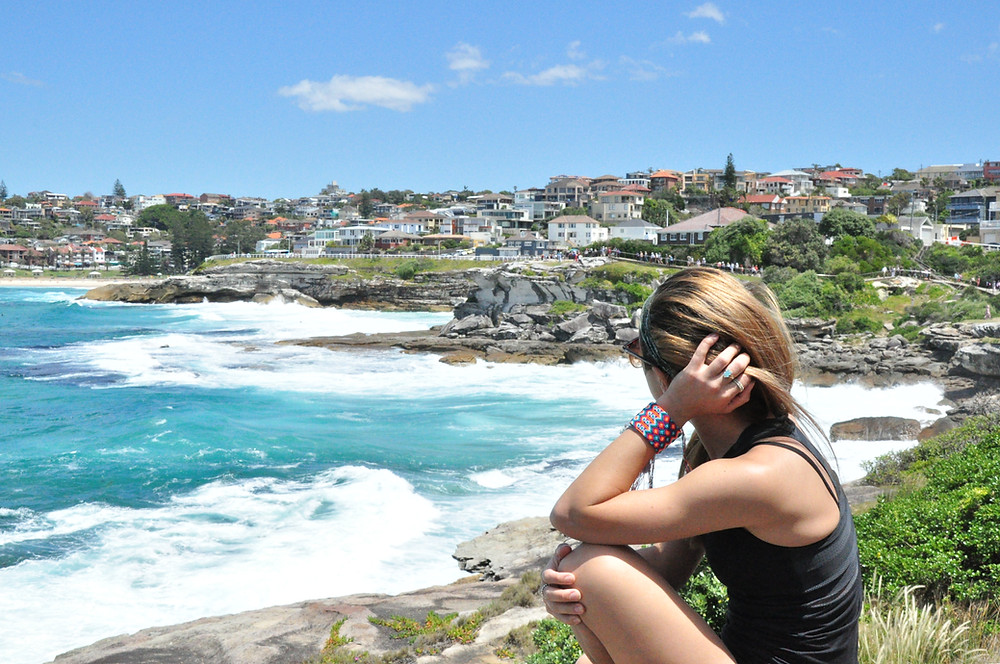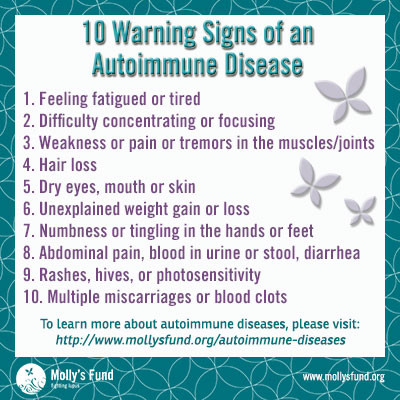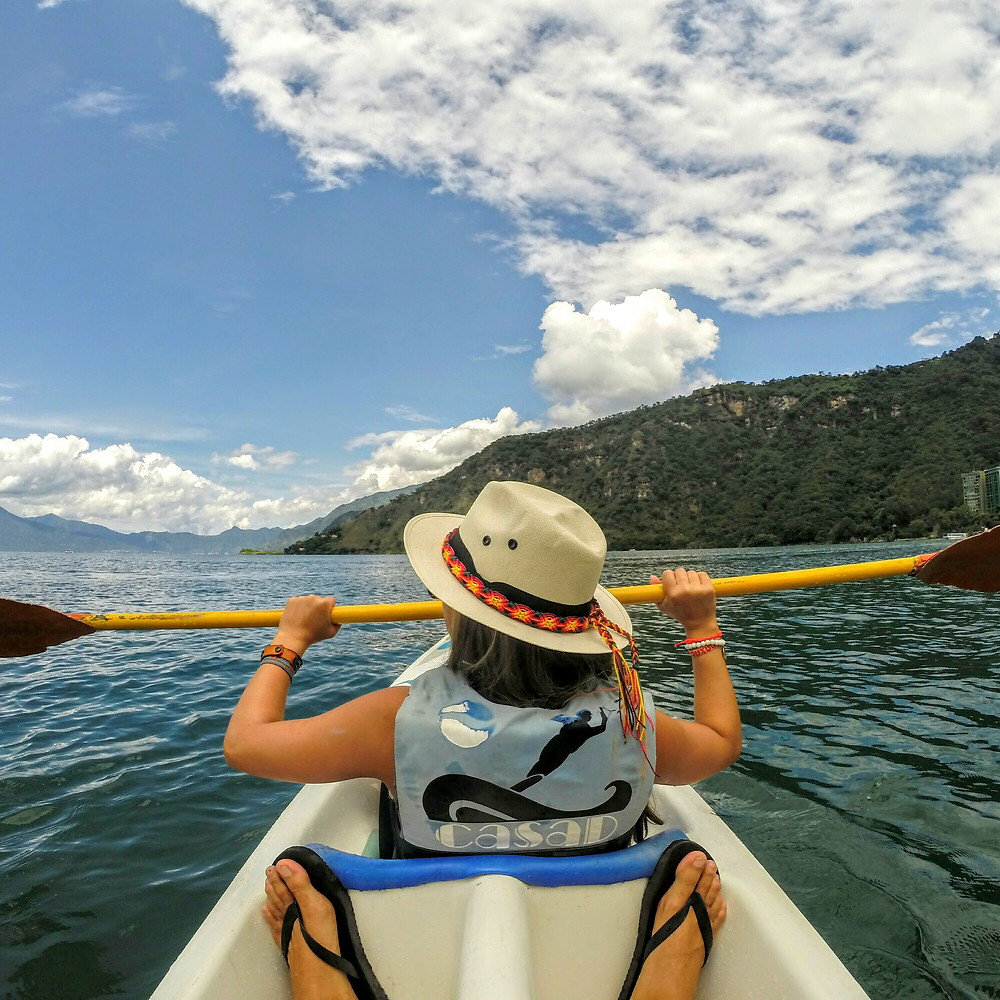Travelling with an auto-immune disease: Tips and tricks on how to stay healthy

(Photo by wanderlustaussies)
What is an autoimmune disease?
The body’s immune system protects us from disease and infection by attacking bad bacteria in the body. An autoimmune disease is when the immune system is unable to recognise the difference between good and bad bacteria, mistakenly attacking healthy cells and affecting many parts of the body. It can affect the joints, muscles, skin, red blood cells, blood vessels, connective tissue, kidneys and lungs. There are many theories about what triggers autoimmune diseases and some of these include bacteria or virus, drugs, chemical irritants, environmental irritants and/or stress. It is therefore important to manage your autoimmune disease by avoiding these triggers and sustaining a healthy, balanced lifestyle.
What are some autoimmune diseases?
- systemic lupus erythematosus: affects skin, joints, kidneys, brain, and other organs
- rheumatoid arthritis: inflammation of joints and surrounding tissues
- celiac sprue disease: a reaction to gluten (found in wheat, rye, and barley) that causes damage to the lining of the small intestine
- scleroderma: a connective tissue disease that causes changes in skin, blood vessels, muscles, and internal organs
- Hashimoto’s disease: inflammation of the thyroid gland
- Addison’s disease: adrenal hormone insufficiency
- Sjögren’s syndrome: destroys the glands that produce tears and saliva causing dry eyes and mouth; may affect kidneys and lungs
- type 1 diabetes: destruction of insulin producing cells in the pancreas.

What are the common symptoms?
The symptoms can vary greatly between each autoimmune disease and person, however the most common symptoms experienced are fatigue, fever, and general malaise. Symptoms worsen during flare-ups and lessen during remission. Due to the variability of the symptoms, a persons travelling experience may be different and some may need more consideration than others.
Many of these autoimmune diseases don’t necessarily result in immunosuppression on their own, but their treatments often do. For this reason, many travellers with an autoimmune disease are immunosuppressed and therefore require special consideration while travelling. Like exercise, some people with an autoimmune disease choose not to travel because they find that they easily become run down with the stress of travelling and may be more susceptible to various infections, putting them at risk of a ‘flare’. However, this risk can often be minimised if the person with the autoimmune disease puts their health first and finds ways to travel safely.
Ten Tips & tricks on how to travel healthy with an autoimmune disease
- Get clearance from your specialist: Make sure that you consult with your doctor before travelling. It is important to receive all the necessary check-ups prior to leaving to ensure you are safe enough to travel.
- Stock up on medication: Make sure that you take enough medication and prescriptions to last the duration of your trip. Although you have to travel with your medication boxes, I also recommend taking a medicine compartment holder to easily keep track of your medication each day.
- Make the time to unwind before bed: Download a meditation app or listen to soft music leading up to bed to relax and unwind after a busy day travelling.
- Get high quality sleep: Try to get 7-8 hours of sleep each night even if it means missing out on something either the night before or the morning after. Sleep is your best friend, especially while travelling!
- Be active: Try to walk as much as possible. Walking and even biking around is often the best way to explore towns.
- Exercise: Try to fit in exercise throughout your travels even if it is a gentle stretch before bed or a morning walk.
- Eat clean: Choose fruit & veggies when eating out, and choose accommodations where you are able to cook your own meals, this way you can control what you are eating.
- Be sun smart: Wear 50+ sunscreens and a hat when outdoors. If possible, avoid being out in the sun during the hottest and highest UV periods of the day, generally between 10am-4pm during summer.
- Take rest days: Travelling and keeping busy everyday is tiring for a generally healthy person, let alone someone with an autoimmune disease. So remember to take rest days where appropriate and rest during the day when needed.
- Listen to your body and read your symptoms, ALWAYS.

(Photo by Wanderlustaussies)
Some manageable exercises that can be done while travelling:
- Use walking as a means of transportation when you can. It is important however, to make sure that you listen to
your body and are SUN smart, avoiding the hottest times of the day between 12-3pm.
- Rent bikes and/or kayaks as fun activities to do in the early mornings. Again, remember to be SUN smart.
- Perform some gentle stretches each night before bed. This is a good way to stretch out the muscles from all the walking and to also prevent muscle soreness the next day. It’s also a good way to wind down from the day.
- Theraband resistance exercises: This can be done a few days in the week if and when you get the chance, only if you are feeling up for it. This is a good way to keep your joints lubricated and muscles strong. Simple floor theraband exercise can include: glute bridges, 4-point kickbacks, seated rows etc.
- Take a yoga or dance class. This is an optional activity that you can get involved with if you have the energy and want to try something different. Taking a class in another country can always be exciting, especially if it isn’t in English. 🙂